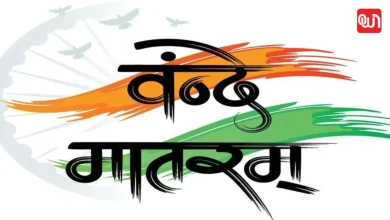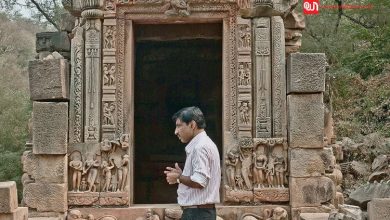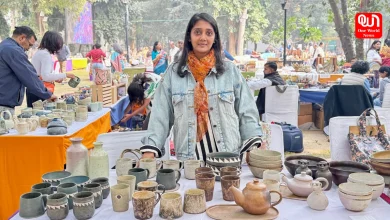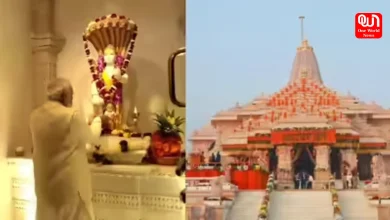Regulating Conjugality: ‘Wife’, ‘Husband’ And Widow’
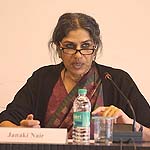
Regulating Conjugality: ‘Wife’, ‘Husband’ And Widow’
“The only stable state is the one in which all men are equal before the law.” Aristotle
The session, at the Nehru Memorial Museum and Library, talked about the conceptual shift for women’s status and notions of self-prevalence in the Himalayan region of Kumaon in the early 19th century to the mid 20th century. This is part of Dr. Rashmi Pant’s work on Law and Gender in Kumaon as a Fellow at Nehru Memorial Museum and Library. Dr. Rashmi Pant started by telling the audience that she will use “lineage or patrilineal” instead of Hindu Extended Family (HUF), which is primarily a term that developed at the time of State Taxation and hence holds no relevance in the present state.

The engaged audience
She talked about how the peasant men and women negotiated about the problems of debt and compensation when a marriage broke down, at the time when the family of the groom used to give monetary assets to the family of the bride at the time of marriage. So when a marriage broke down the Shaadi ka Kharch i.e. the cost of the marriage was to be compensated by the bride side even if the bride had remarried.
Dr. Pant reiterated that “masculine pride depended on how men handled their position in the game of marriage transaction and avoided being cheated”. At that time unresolved issues about the compensation could even lead to a murder. But an important reversal in the status of women followed when the colonial law-makers stepped back from the liberal idea of equivalency in a marriage around the middle of 19th century.

Janaki Nair- the moderator of the evening
After this point the judiciary tried to focus on ameliorative measures within the family that could stop the woman from leaving the marriage. This recalibration in law demonstrably reinforced women’s passivity and victimhood in self-representations before the Law. While this was happening, the widow on the other hand acquired considerable liberty by annulment of rights of extended kin over her. The widow is represented as exercising her agency to form new connubial partnerships.
In the end she pointed out that the culture marked an important limit for Laws’ capacity to normalise social transgression. Cultural norms prescribed that a remarried woman and her children remain in a state of social and ritual degradation until the claims of her earlier marriage were settled. One of the most important parts of the settlement was the returning of jewellery, which was given at the time of marriage to the woman. There were frequent contests over ornaments between remarried women and their kinsmen. The contests are described in the criminal records and may be read as women’s continuing fall into a state of dishonour.

Dr. Rashmi Pant with her thoughts
Dr. Rashmi Pant has taught history at Indraprastha College for Women, University of Delhi
Picture Credits: Neel Kamal Pandey, OneWorldNews

